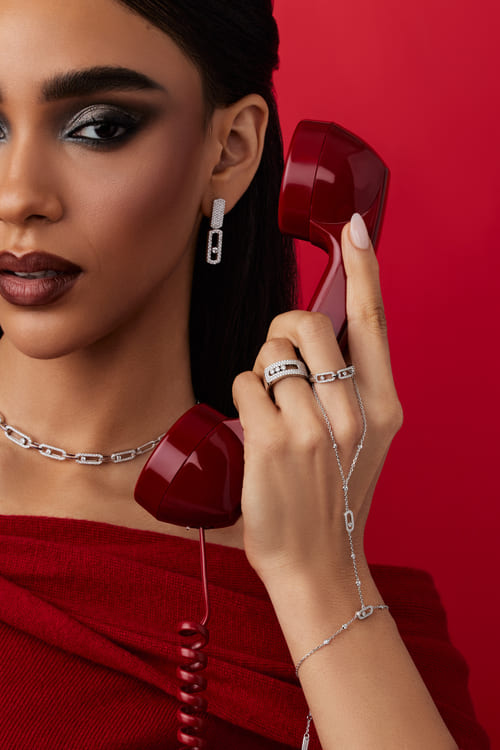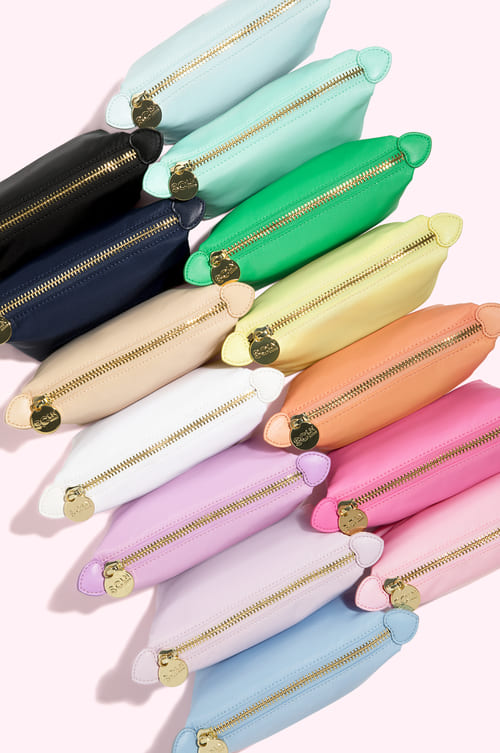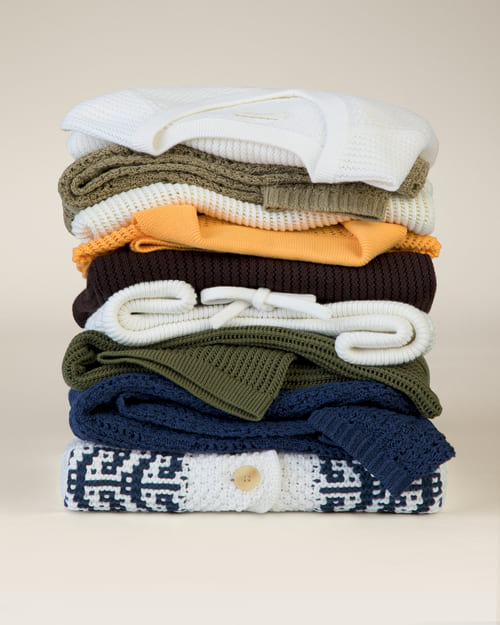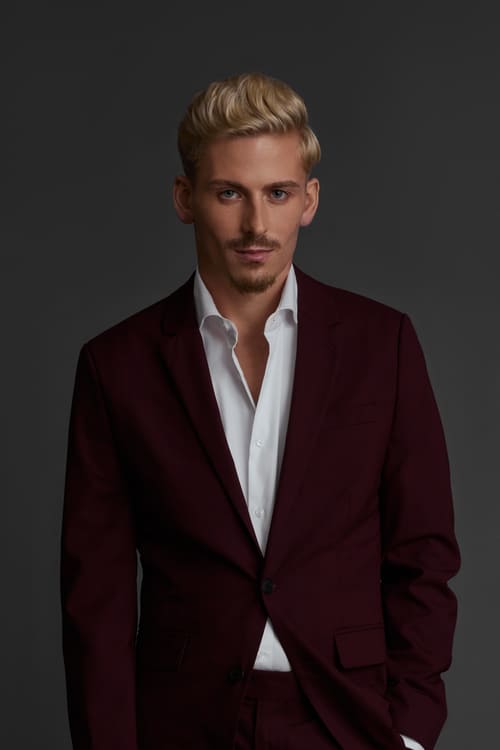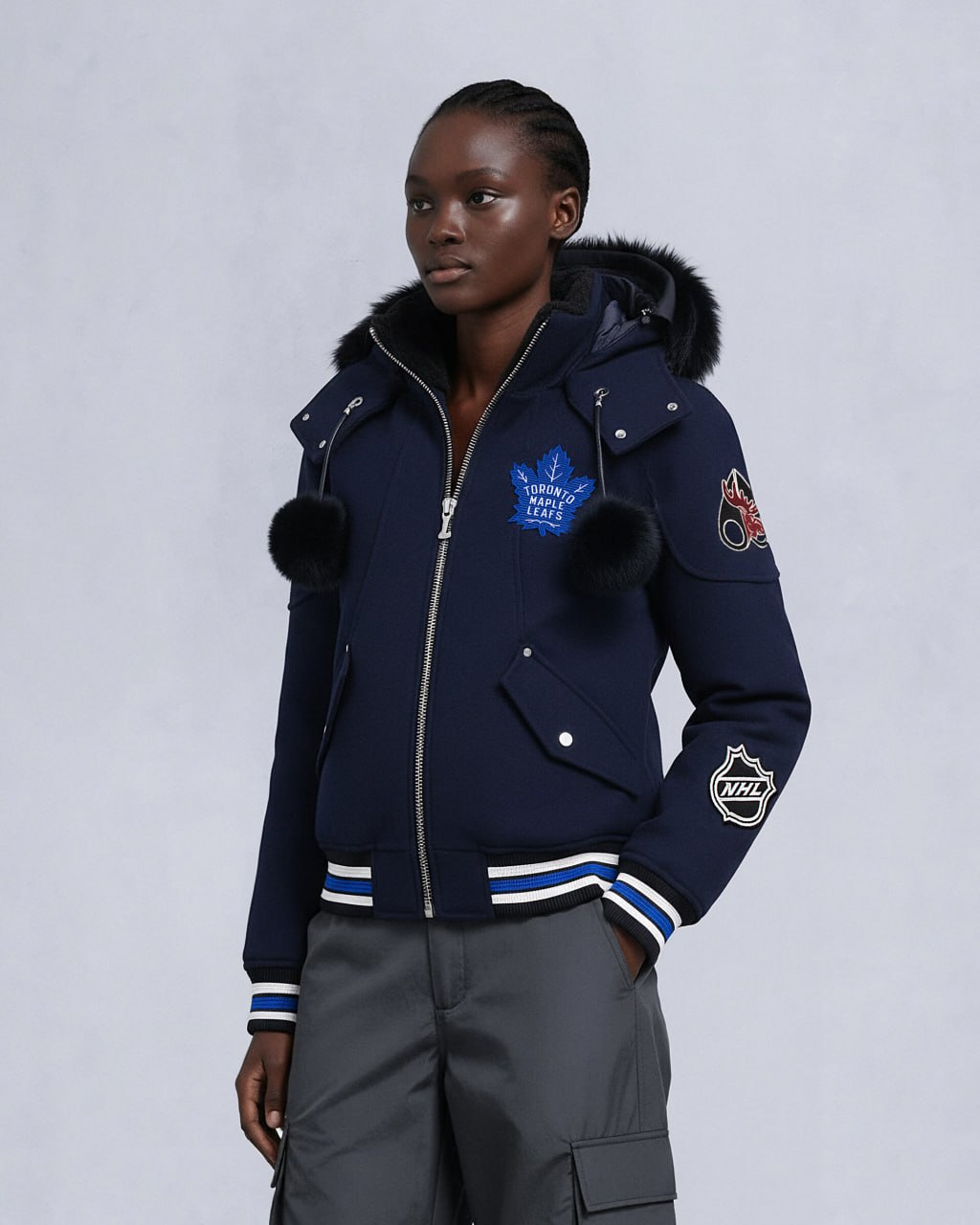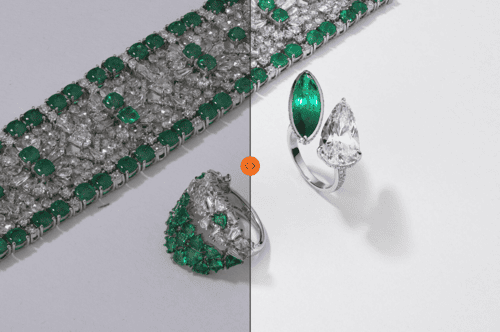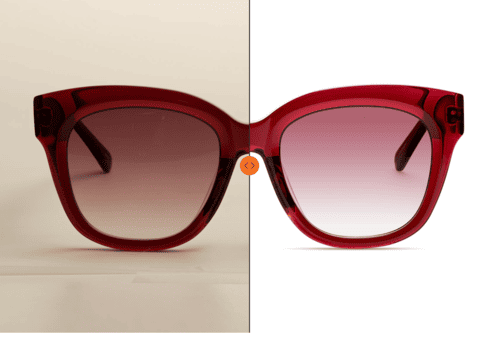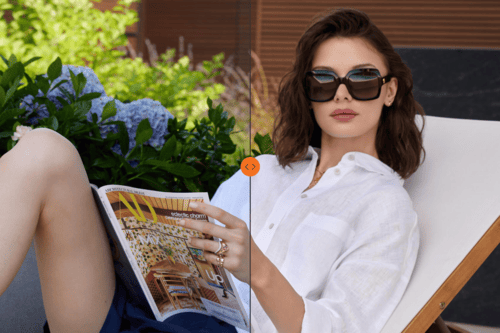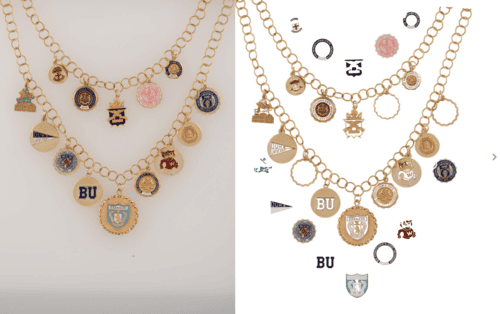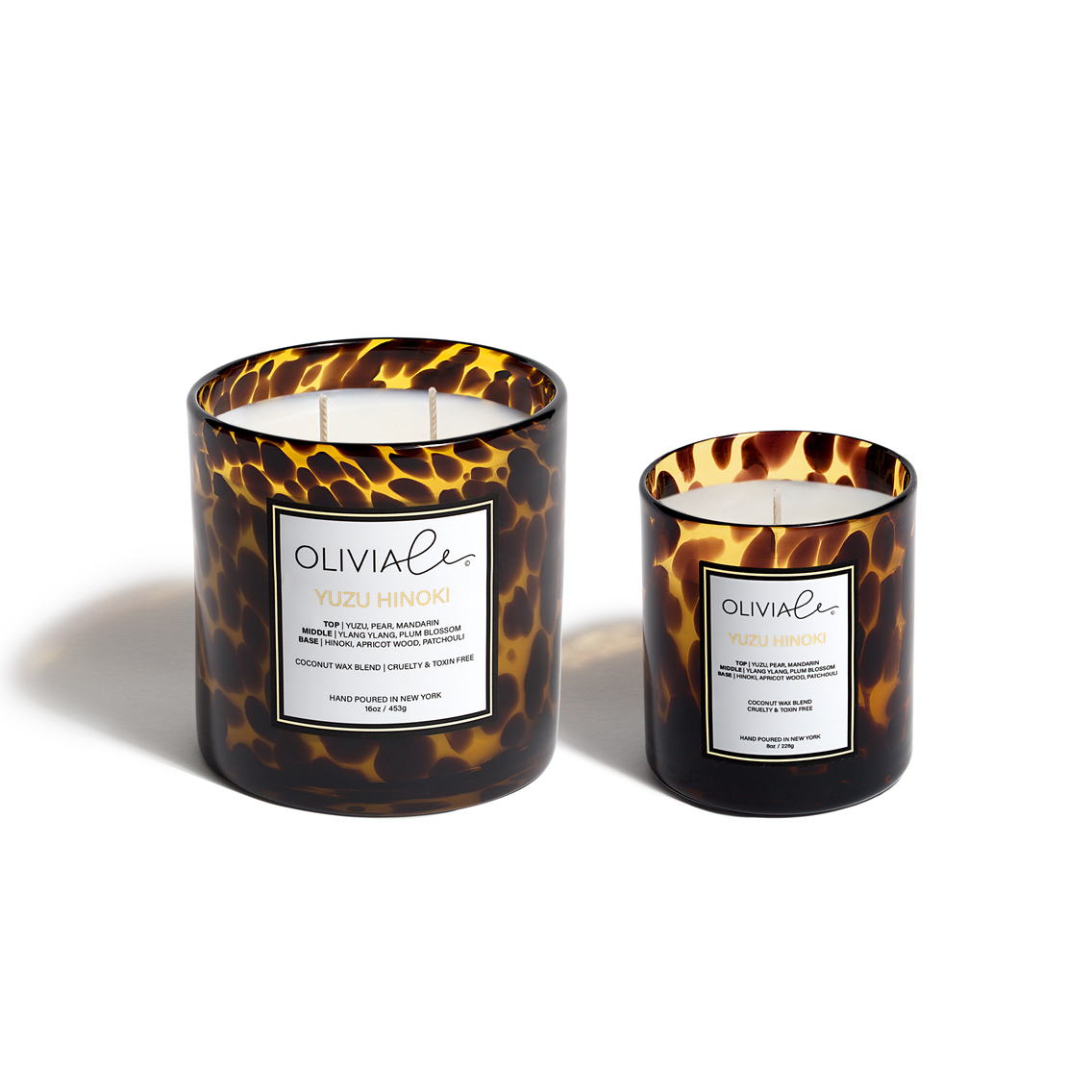Flat Lay vs Ghost Mannequin Product Photography: Choosing the Best for Your Business
When it comes to e-commerce product photography, presentation is everything. The right photography style can directly impact your conversion rates, customer experience, and product perception. But which approach works best for your products — flat lay photography or ghost mannequin photography?
In this guide, we’ll break down the key differences, pros and cons of each, and help you determine the best fit for your e-commerce business.

What Are the Pros & Cons of Flat Lay Photography?
Definition and Core Concept of Flat Lay Photo
Flat lay photography captures a top-down product view of an item in which items are placed on a flat surface and photographed from above. This approach is commonly used for e-commerce websites to display clothing, shoes, accessories, and soft fabric products where a structured or 3D presentation is not required.
Advantages of Flat Lay Photography for E-commerce
1. Cost-Effective and Simple to Set Up
Flat lay photography does not require mannequins, models, or elaborate setups. A high-resolution camera, good lighting, a clean background, and careful product positioning are enough to achieve professional results. For businesses with large inventories, this method reduces both production time and costs.
2. Suitable for Specific Product Categories
Some product types do not benefit from being displayed in three dimensions. T-shirts, scarves, shoes, and accessories often look just as effective when presented flat. Unlike structured apparel that requires a mannequin to showcase fit, these products can be fully understood from a top-down perspective.
3. Easier for Bulk Photography
For e-commerce brands that need to shoot hundreds or thousands of SKUs, flat lay photography is an efficient option. Setting up a product, capturing the shot, and moving on to the next item is faster compared to styles that require mannequin setup, model coordination, or multiple angles.
4. Maintains Visual Consistency Across Product Pages
Uniformity in product images enhances a website’s professional appearance. Flat lay photography allows brands to create a consistent look, where all products are positioned in the same manner, leading to a cohesive shopping experience for customers.
5. Works Well for Detail-Oriented Photography
Flat lay photography makes it easier to capture texture, stitching, logos, and fabric details without distortion. A well-lit, high-resolution flat lay image can highlight the craftsmanship of a product in a way that enhances customer confidence.
Challenges of Flat Lay Photography
1. Lacks Depth and Realism
One of the main limitations of flat lay photography is that it does not provide a sense of how a garment fits when worn. For structured clothing such as blazers, dresses, or tailored pieces, this can be a drawback, as customers might struggle to understand proportions, drape, and how the item interacts with the body.
2. Requires Precise Positioning, Pinning and Styling
While flat lay may appear simple, proper product placement and styling are crucial. Items must be steamed, shaped, and sometimes pinned to create a polished look. Uneven fabric, creases, or incorrect alignment can make a product appear low-quality.
3. Can Require More Post-Production Work
Although flat lay photography eliminates the need for mannequin removal in editing, shadows, wrinkles, and minor imperfections often require extensive retouching. This can be especially challenging when shooting highly textured fabrics or materials that easily wrinkle.
4. Not Ideal for Structured or Luxury Apparel
Premium fashion brands often prefer a 3D presentation that provides a more upscale and polished look. Flat lay photography can sometimes appear overly simplistic or even unprofessional for structured garments.
5. Potential for Perspective Distortion
Without careful alignment, flat lay images can distort proportions, making garments look wider or shorter than they are in reality. This issue can mislead customers and contribute to higher return rates.

What Are the Pros & Cons of Ghost Mannequin Photography?
Ghost mannequin photography, also known as invisible mannequin photography, is a technique where clothing is photographed on a mannequin and then digitally edited to remove it, creating a 3D floating effect. This method showcases garments as though they are being worn but without the distraction of a model or mannequin.
It is widely used in fashion e-commerce because it offers a realistic representation of clothing fit, structure, and drape, making it easier for customers to visualize the product on themselves.
While both mannequin photography and ghost mannequin photography involve capturing apparel on a mannequin and later removing it in post-production, ghost mannequin photography preserves the internal shape and form of the garment, whereas standard mannequin photography results in a flat or incomplete appearance after the mannequin is removed. This method does not show the interior back panel of garments such as jackets, shirts, or dresses, leading to a less defined silhouette.
Advantages of Ghost Mannequin Photography for E-commerce
1. Creates a Realistic Fit and Structure
Unlike flat lay photography, which makes garments appear two-dimensional, ghost mannequin photography preserves depth. Customers can see how the fabric falls, how the shape holds, and how the garment fits around curves and seams.
2. Establishes a More Professional and High-End Look
Ghost mannequin images create a polished, premium aesthetic, making them ideal for brands that prioritize a clear online store presentation.
3. Helps Customers Visualize the Product More Accurately
Since customers cannot try on items when shopping online, seeing a 3D presentation of a garment helps them better assess whether the product will meet their expectations. This, in turn, reduces hesitation and increases conversions.
4. Reduces Distractions and Keeps Focus on the Product
Unlike model photography, which introduces variables such as facial expressions, poses, and styling, ghost mannequin photography ensures that the product remains the sole focus, leading to a more effective shopping experience.
5. Can Reduce Return Rates
Because ghost mannequin images provide a more accurate depiction of fit and fabric drape, they help customers make more informed purchasing decisions, which can lower the likelihood of returns.
Challenges of Ghost Mannequin Photography
1. Higher Production Costs
Ghost mannequin photography is one of the most resource-intensive product photography methods, requiring a combination of specialized equipment, expert lighting setups, and professional post-production work.
2. More Time-Consuming
Ghost mannequin photography involves a multi-step process, requiring extra effort at both the shooting and editing stages. This can slow down workflow and increase turnaround time, which may be challenging for businesses needing fast product listings. Garments must be steamed, pinned, shaped, and positioned on the mannequin precisely to ensure they look symmetrical and naturally fitted. Even minor misalignments in fabric folds or seams can make the final image look unbalanced, requiring additional retouching.
3. Not Suitable for Every Product Category
Accessories, shoes, and small items do not benefit from ghost mannequin photography, making flat lay or alternative styles a better choice for those product types.
4. Requires Advanced Retouching Skills
Ghost mannequin photography requires a skilled retoucher to manually refine each image. Poorly executed ghost mannequin images can look artificial, distorted, or unprofessional, damaging the brand’s credibility.
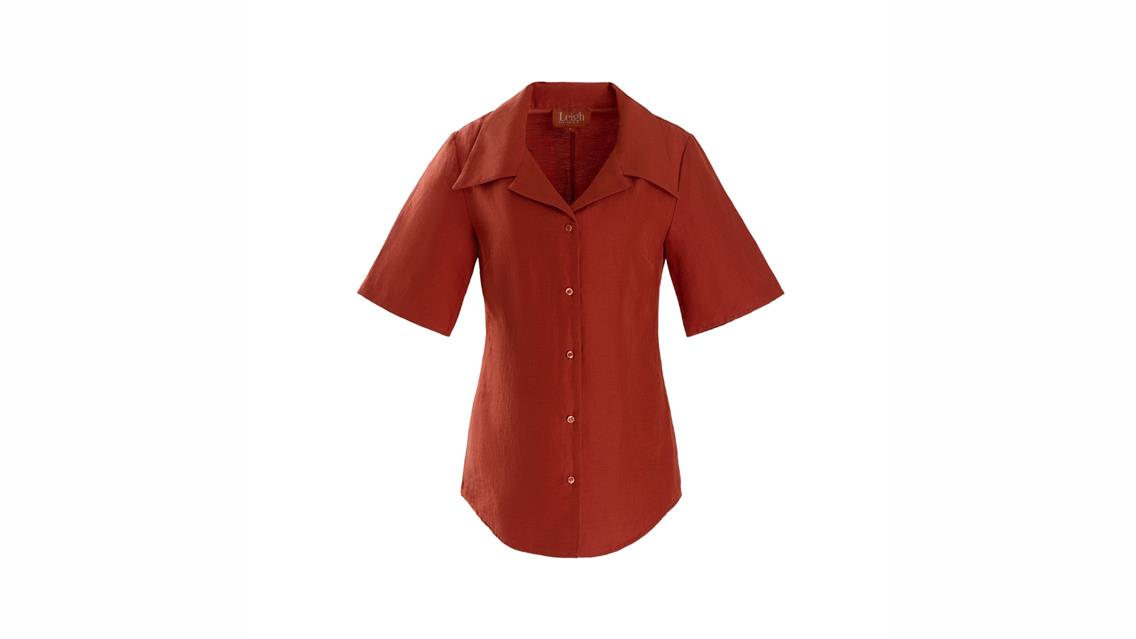
Ghost Mannequin Photography vs. Flat Lay Photography: Key Differences
Which style suits your product best? A side-by-side comparison to help you decide.
Flat Lay Photography | Ghost Mannequin Photography |
|---|---|
Best For | |
| T-shirts, shoes, accessories, soft fabrics, and products from various niches like beauty or home decor | Structured apparel, jackets, dresses, delicate products like lingerie |
Look & Feel | |
| Trendy, lifestyle-oriented | Professional, polished, high-end |
Depth & Shape | |
| Lacks depth, flat appearance | 3D floating effect, real-life fit |
Cost & Production | |
| More affordable, but requires precise product positioning in a frame | Requires mannequins, special skills & editing |
Can You Incorporate Both Product Photography Styles in One Visual Strategy?
Absolutely. The most successful e-commerce brands understand that different photography styles serve different purposes and can complement each other when used strategically. A well-rounded visual content strategy considers both customer engagement and conversion optimization, making a combination of flat lay and ghost mannequin photography the most effective approach. It is always worth testing which photography style leads to higher engagement and conversion rates.
By using both styles, brands can:
- Maximize product presentation versatility
- Appeal to different customer segments
- Strengthen branding across multiple platforms
- Improve conversion rates by showcasing products in multiple ways
How to Run an A/B Test with Flat Lay and Ghost Mannequin Photography
Select a Sample Product
Choose an item that could be photographed both as a flat lay and as a ghost mannequin image.
Create Two Product Page Variants
Page A: Uses flat lay photography, page B: Uses ghost mannequin photography.
Measure Key Metrics
Track conversion rates, time spent on page, and engagement (zoom-ins, clicks, etc.). Monitor return rates to see if one method leads to fewer product misunderstandings.
Analyze Results and Scale What Works
If ghost mannequin images convert significantly better, it’s worth investing in this technique across all structured garments. If flat lay performs well for certain items, it might indicate that your audience prefers simple visuals for that category.
Continue Iterating
A/B testing should be an ongoing process. Keep refining your photography strategy based on real data.
Which Product Photography Style Should You Choose for Your E-commerce Business?
Choosing between flat lay photography and ghost mannequin photography depends on multiple factors, including your product type, budget, branding, and customer expectations. While flat lay is a great low-cost option, it does not always work for structured garments or high-end apparel where customers expect a realistic fit visualization. If you're selling jackets, blazers, lingerie, or form-fitting dresses, ghost mannequin photography will give a more polished and professional presentation.
Ghost mannequin photography is the industry standard for numerous types of e-commerce clothing photography. If your brand sells apparel that relies on fit and structure like dresses and blazers, this technique ensures that your product looks clean, high-quality, and accurately represented. While ghost mannequin photography requires a higher upfront investment, it is the preferred choice for brands selling complex apparel, as it conveys a more professional and polished image, butyou want to fully optimize your e-commerce visuals, the best approach is to incorporate both styles strategically and test their impact on sales performance.
Want the best of both worlds? Let Lenflash handle your e-commerce product photography! We offer professional flat lay and ghost mannequin photography to elevate your brand’s visuals and boost conversions. Order LenFlash product photography today to get started.
